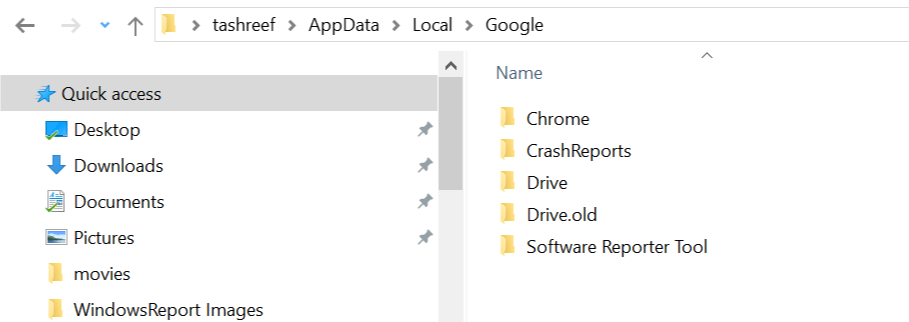

For example, these are two consequences that make sense in this new paradigm, but that you never had to think about previously: The one file equals one original location equation requires Drive users to adjust the way they think about sharing and moving things around. Based on the company's documentation, this aspect seems to be the biggest motivator behind the change. Fewer sync issues, fewer bugs when people make modifications on their end. File ownership is also clearer on Google's end: One file, one owner, one place. Anyone who enjoys hierarchy and organization will love this. The benefit here is that you can create as many shortcuts as you want, so you could quickly access a shared file or folder from multiple places inside your Drive without duplicating them. On the sender's end, nothing changes, but on the recipient's end, things are completely different from what they used to be.

To see it in action, you have to try to share a file or folder now. That temporary reprieve is likely why many of us didn't notice the change. So if your family, group of friends, team, or company already uses some shared folders, they won't be affected until September 2020 - the date at which shared folders and files will be automatically switched to shortcuts for everyone except the original owner. The feature regression isn't yet visible if you're working with folders that have already been shared and organized. Only newly shared folders are affected, for now
#DOWNLOAD GOOGLE BACKUP AND SYNC HANGS DOWN PC#
However, this seemingly benign improvement has completely ruined shared folders for anyone who syncs Drive locally to their PC or Mac. The feature had been in testing since August 2019, and its goal is to help you better organize shared files and folders without duplicating them, thus saving you storage and reducing the redundancy and confusion when you move things around. Several weeks ago, Google rolled out a change to Drive that lets you create shortcuts to files and folders. Workaround, Google shares longterm plan.


 0 kommentar(er)
0 kommentar(er)
